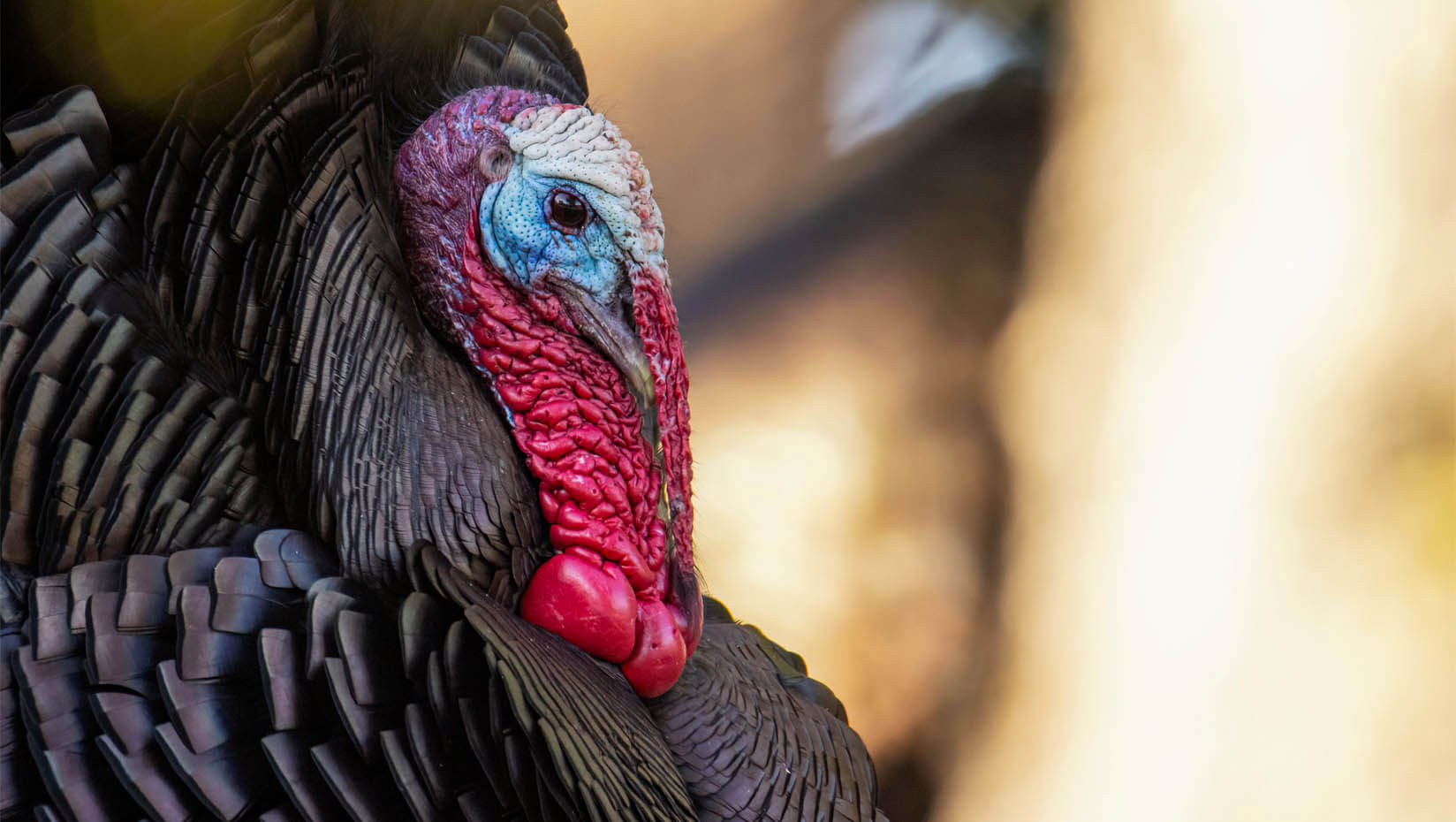
UMaine, MDIFW researchers developing new tools for wild turkey management
Researchers from the University of Maine and Maine Department of Inland Fisheries and Wildlife are working together to develop new resources that will support current and future management strategies for wild turkey populations in the state.
Scientists from UMaine and MDIFW recently developed an integrated population model for estimating wild turkey abundance at the regional and state levels using data they collected from 2018–20. They also found that their population estimates were improved when accounting for local differences in hunter harvest rates using a spatial predictive process. Their findings were published in the journal Ecology and Evolution.
Building on the last project, the team now aims to develop a new web-based application that wildlife managers can use to predict how certain changes in harvest regulations and other management protocols could affect wild turkey populations. The tool will rely on a new, more advanced simulated population model that researchers will create using earlier estimates and historic data from 2017–21. The group received $142,000 for the project through the Federal Aid in Wildlife Restoration Act, which is administered by the U.S. Fish and Wildlife Service and provides funding support to state wildlife management agencies, such as MDIFW.
Researchers Erik Blomberg from the UMaine Department of Wildlife, Fisheries, and Conservation Biology and Joseph Zydlewski of the USGS Maine Cooperative Fish and Wildlife Research Unit are working on the project with MDIFW senior resource biologist Kelsey Sullivan. The analysis will be done in collaboration with Matthew Gonnerman, a UMaine alum and postdoctoral researcher at the University of Maryland, and UMaine Ph.D. student Lara Katz.
“Informed decision making is a keystone to smart management,” Zydlewski says. “Reliable estimates of turkey numbers will help the state protect populations, reduce landowner concerns and provide hunters with outstanding opportunities.”
Wild turkeys were wiped out in Maine in the early 1800s largely due to unrestricted hunting and increased agricultural production, according to the MDIFW website. The department began reintroducing wild turkey in the 1970s, and its efforts resulted in a successful reestablishment of the species across the state.
Populations of wild turkeys and the popularity of hunting them has steadily increased in Maine over the past few decades, with about 6,000 turkeys harvested each year, according to researchers. In 2017, MDIFW updated its wild turkey management objectives in response to growing abundance and hunting, and in 2018, its scientists began a long-term partnership with UMaine to collect population data and other revelation information to support the department’s latest goals.
“Wild turkey populations have been doing exceptionally well in Maine, and with that success has come challenges to decision-makers who sometimes must balance multiple objectives for turkey management,” Blomberg says. “We’re excited to continue our collaboration with MDIFW to create state-of-the-art tools to manage Maine’s wild turkeys.”
Over the years, several UMaine researchers have provided deeper insight into Maine wild turkey populations, their habits and the forces that threaten them.
Earlier this year, the UMaine and MDIFW turkey research team produced a study which found that turkeys adjust their movements — for example, the locations where they roost at night — in order to increase their chances of surviving the tough Maine winters. Another study was able to determine the prevalence of potentially lethal Lymphoproliferative virus (LPDV) in wild turkey populations statewide and the factors that can influence their chance of infection.
Contact: Marcus Wolf, 207.581.3721; marcus.wolf@maine.edu
